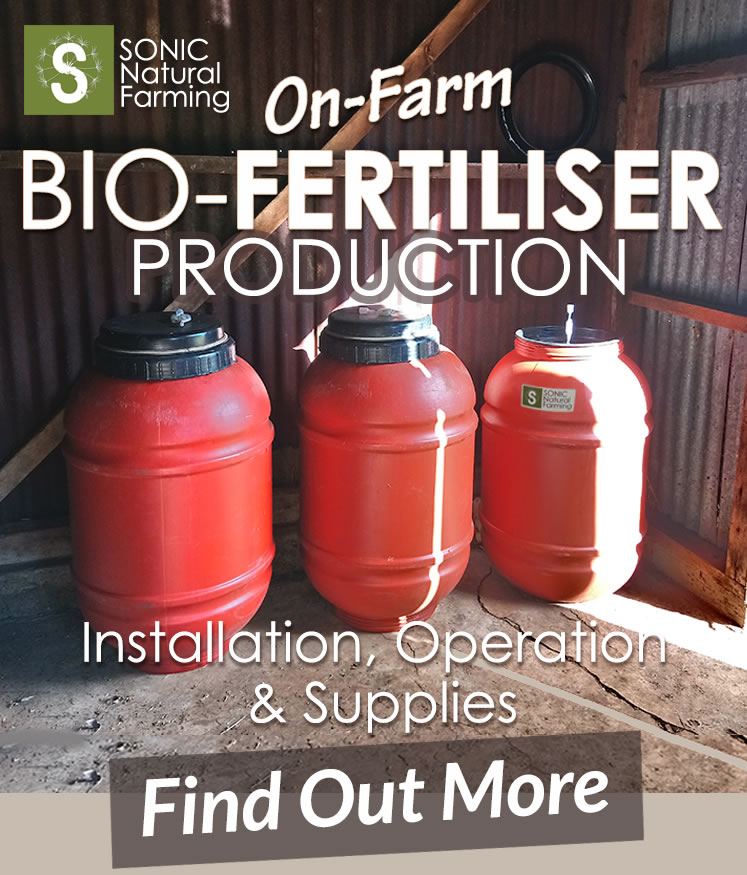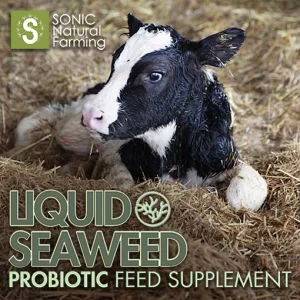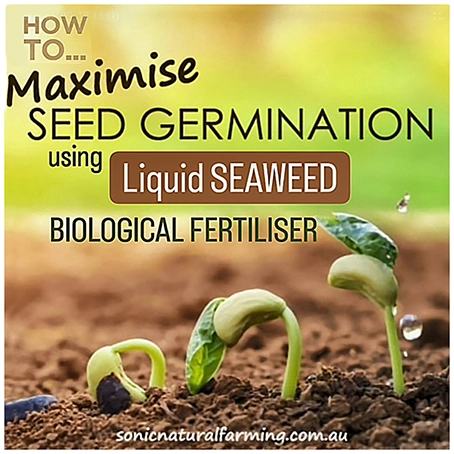Fish hydrolysate fertiliser is a valuable tool in agricultural systems to improve soil health and provide organic nitrogen to plants. This type of fertiliser is produced by breaking down fish parts, such as bones, skin, and organs, into a liquid form.
The resulting liquid fish hydrolysate is rich in amino acids, peptides, and other beneficial compounds that can enhance soil fertility and plant growth. When applied to the soil, fish hydrolysate fertiliser helps to increase microbial activity, improve soil structure, and provide a slow-release source of nitrogen for plants.
Global Fish Consumption
Fish and marine products have long been recognised as one of the most popular sources of protein for human consumption. With their high nutritional value, fish provide essential nutrients such as omega-3 fatty acids, vitamins, and minerals.
Global fish capture and aquacultural production annually reaches the values of around 93.4 million tons. This means, if all fish globally are processed the leftover amount would be 36 million tons, available as raw material for further use.
Every year, a significant amount of fish discards end up in landfill. Many fish processing establishments have an additional financial burden for disposing of the fish dicards. And, some businesses are even required to pay for the disposal, further adding to their business expenses.

Fish (waste) pickup from a local fish shop by SONIC Natural Farming’s production operators, and taken to a nearby SONIC On-Farm Production System, to be processed into premium Liquid Fish Hydrolysate Fertiliser.
Australian Fish Waste Solutions
A solution that can address both the environmental and economic aspects of this issue is in repurposing the waste and producing fish hydrolysate fertiliser for agricultural use.
Leaders in this space, SONIC Natural Farming collect the fish waste from retail fish shops in regions with an operational SONIC Biofertiliser Production System. The leftover fish waste is almost entirely ocean-caught fish. It is collected, placed in large barrels or IBC containers, and cold processed (fermented) using microbial cultures, until it breaks down and becomes a bioavailable liquid that plants can easily absorb.
The production of fish hydrolysate fertiliser is an innovative way to repurpose fish waste that would otherwise end up in landfills. By converting this waste into a valuable agricultural input, we can reduce environmental impact while also providing plants with essential nutrients.
Some of the key benefits of using fish hydrolysate fertiliser include its high nitrogen, phosphorus, and potassium content, as well as the presence of micronutrients like calcium, magnesium, and trace minerals. These nutrients work together to promote healthy plant growth, improve soil fertility, and increase crop yields.
Fish Has Been Used As An Effective Fertiliser, At Least As Early As 1620

Wide Spread Agricultural Uses Of Fish Fertiliser
The global market for fish-based fertilisers has witnessed steady growth due to increasing demand for organic products and sustainable agricultural practices. These fertilisers offer an eco-friendly solution by utilising waste from the fishing industry.
Furthermore, liquid fish hydrolysate fertiliser not only provides essential nutrients to plants but also enhances soil microbial activity, leading to improved plant health and immunity. Its use can contribute to reducing reliance on chemical inputs while promoting environmentally friendly farming practices.

Infrastructure
Implementing proper systems and infrastructure for collecting and processing fish discards into fertiliser can contribute towards sustainable waste management practices in Australia. It presents an opportunity to turn what was once considered waste into a valuable resource that supports agricultural productivity while minimising environmental harm.
Making Fish Hydrolysate from fish discards, using natural fermentation methods, produces a premium liquid hydrolysate fertiliser, and is one of the best organic protein and nitrogen sources for plants and soil today.
More about SONIC Liquid Fish Hydrolysate Fertiliser
Benefits of Liquid Fish Hydrolysate Fertiliser
Using liquid Fish Hydrolysate Fertiliser can provide numerous benefits for your crops and orchards. Let’s explore the top 5 advantages of incorporating this organic fertiliser into your spray routine.
1. Nutrient-rich
Liquid Fish Hydrolysate is a concentrated source of essential nutrients such as nitrogen, phosphorus, and potassium. These nutrients are crucial for the healthy growth and development of plants, promoting stronger roots, vibrant foliage, and abundant blooms.
2. Organic and Sustainable
Fish Hydrolysate Fertiliser is derived from marine sources, making it an environmentally friendly choice. It is produced through a natural biologically fermented process that breaks down fish waste into a nutrient-dense liquid. This organic nature makes it safe to use around children, pets, and wildlife.
3. Improved Soil Health
The application of liquid Fish Hydrolysate can enhance soil fertility by replenishing important trace elements and micronutrients that may be lacking in the soil. It also helps improve soil structure by promoting microbial activity, increasing water retention capacity, and reducing nutrient leaching.
4. Increased Plant Resilience
Regular use of Fish Hydrolysate Fertiliser can strengthen plants’ immune systems, making them more resistant to diseases, pests, and environmental stressors such as drought or extreme temperatures. This leads to healthier plants that are better equipped to withstand adverse conditions.
5. Versatile Applications
Liquid Fish Hydrolysate can be used on various types of plants including vegetables, fruits, flowers, trees, and shrubs. It can be applied through foliar spraying or drenching the soil around the plants’ root zone. Its versatility allows for easy integration into different gardening practices.
Conclusion
In summary, using Liquid Fish Hydrolysate Fertiliser offers several benefits including improved plant nutrition, organic sustainability, enhanced soil health, increased plant resilience, and versatile application methods.
By incorporating this natural fertiliser into your spraying routine, you can promote healthier plants and achieve more bountiful harvests.
Why is Cold Processing so Good?
Cold-processed liquid fish hydrolysate fertiliser delivers bio-available nutrients and ‘living’ biology to plants and soil.
By fermenting the fish, through an anaerobic process, all the natural oils and amino chains are maintained, providing highly beneficial nutrients.
Capturing all the minerals, trace elements and amino proteins, in fish hydrolysate fertiliser is the key, and only a cold processing method of making liquid ‘hydrolysate’ fertiliser enables this.
Furthermore, not only does naturally fermented fish hydrolysate offer an organic, highly nutritional fertiliser, it is packed with micronutrients, beneficial microorganisms, and helps to utilise fish waste.
Low Odour Formula
SONIC Liquid Fish Hydrolysate Fertiliser is made using microbial cultures that contribute to many soil health benefits, as well as producing an end product that has a non offensive smell.
By utilising natural starter cultures, this fish fertiliser goes beyond traditional methods, unlocking a plethora of soil health benefits. These cultures work in harmony with the environment, enriching the soil with vital minerals and organic matter that nourish plants from the roots up.
Gone are the days of relying solely on chemical-based fertilisers that harm both our crops and the environment. SONIC Liquid Fish Hydrolysate Fertiliser offers a greener alternative, ensuring that your farming practices align with nature’s wisdom.

Cut Fertiliser Costs By Up To 90%















